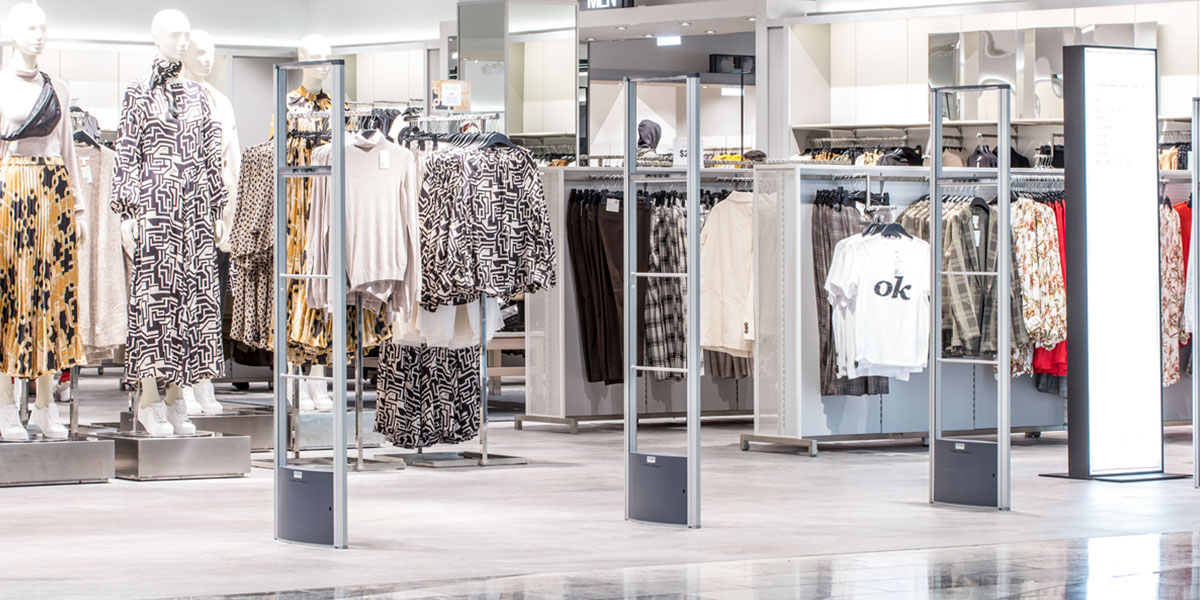Loss prevention trends Australian retailers should be aware of

Theft prevention might have fallen a little lower on retail’s list of priorities in the wake of Australia’s on again off again lockdowns. Still, as new data from the US indicates, restrictions have done little to ease the threat of preventable retail loss.
The National Retailer’s Federation (NRF) has reported organized retail crime and numerous other security concerns evolved in the past 18 months.
So here are the loss prevention trends Australian retailers should be aware of…
Workplace violence
Security proved a significant concern for retailers in the US throughout the pandemic. On the one hand, there was the safety and security of staff to consider in terms of health and wellbeing. However, this was also coupled with an increased risk of workplace violence.
The NRF’s updated Retail Security Survey 2021 noted that 61 percent of US retailers indicated they had seen an increase in workplace violence throughout 2020, with 27.8 percent reporting that increase was significant.
Organised Retail Crime
According to the retailers surveyed, a pandemic did little to curb the threat of organised retail crime (ORC) with 69 percent of retailers noting it actually increased last year.

Retailers reporting this rise cited reasons such as COVID-19, policing, changes to sentencing guidelines and the growth of online marketplaces for the increase in ORC activity.
“Most alarming: Retailers report these gangs are more aggressive and violent than in years past,” the report stated.
“Some 65 percent of respondents noted the increase in violence, while 37 percent said ORC gangs were much more aggressive than in the past.
“For comparison, in 2019, only 57 percent said ORC gangs were more aggressive with 31 percent saying they were much more aggressive.”
The NRF report goes on to explain, ORC gangs target a variety of stolen items including:
- Designer clothing – reported by 22 percent of retail respondents
- Laundry detergent – 17 percent
- Designer handbags, allergy medicine, razors and high-end liquor – tied at 15 percent each
- Pain relievers – 13 per cent
- Infant formula and teeth whitening strips – tied at 11 percent
Meanwhile, the Wall Street Journal noted organised retail crime cost the global retail sector $45 billion annually.
Fraud
With more and more customers turning to online shopping, the US retail sector also reported a sharp increase in fraud when it came to multi-channel sales such as buy-online pick up in-store (BOPIS).
More than one-third (39 percent) of respondents said they saw the most significant increase in fraud in multi-channel sales, while just 28 percent said the greatest increase in fraud came from in-store-only sales, down from 49 percent the year before.
The percentage of those who pointed to online-only sales fraud remained flat.
Shoplifting and employee theft
When it came to shoplifting and employee theft, there appeared to be a crime reduction, but on the flip side, the value of each crime perpetrated increased.

The number of shoplifting apprehensions, prosecutions and civil demands all fell to new lows in 2020, with apprehensions down to 507.8 on average in 2020 from 688.8 in 2019.
The report found those shoplifting incidents were more lucrative for the criminal involved. The average loss per shoplifting incident increased to $461.86 compared with $270.06 the year prior but was still below the five-year average.
Regarding employee theft, the report noted apprehensions and prosecutions of dishonest employees were also down compared with 2019 and compared to the five-year average.
However, the cost per dishonest employee case increased. Half (50 percent) of respondents reported an average dollar loss of at least $1000 compared with 29 percent in 2019.
Meanwhile, the average dollar loss per dishonest employee rose from $1139.32 in 2019 to $1551.66 in 2020.
Robberies
In a troubling trend, the survey reported robberies proved costly over the past year.
“Robberies, which bring the added threat of injury to retail workers and shoppers, are delivering tremendous windfalls to criminals,” they claimed.
“The average retail robbery netted more than $7500 — a figure not seen since 2015.”
The overall shrink rate
Despite widespread shutdowns, the average total shrink rate for the retail sector remained on par with the year prior at 1.6 percent.
This compares to 1.4 percent in 2018, 1.3 percent in 2017, and 1.4 percent in 2016, meaning the current shrink rate is above the five-year average.
Theft prevention tools
In terms of combatting crime, the survey found LP professionals were proactively investing in tools to combat the rise in crime and new risk areas.

Compared with previous years, respondents were more likely to say their company was allocating additional resources to address risks this year.
Half reported their organisation was allocating additional technology resources and another 50 percent said they were allocating additional capital specifically to LP equipment.
In a shift from the last few years, there was a significant increase in those reporting that they would dedicate additional staffing resources.
You can view our wide range of tools to combat retail loss here, or see our top tips on loss prevention.